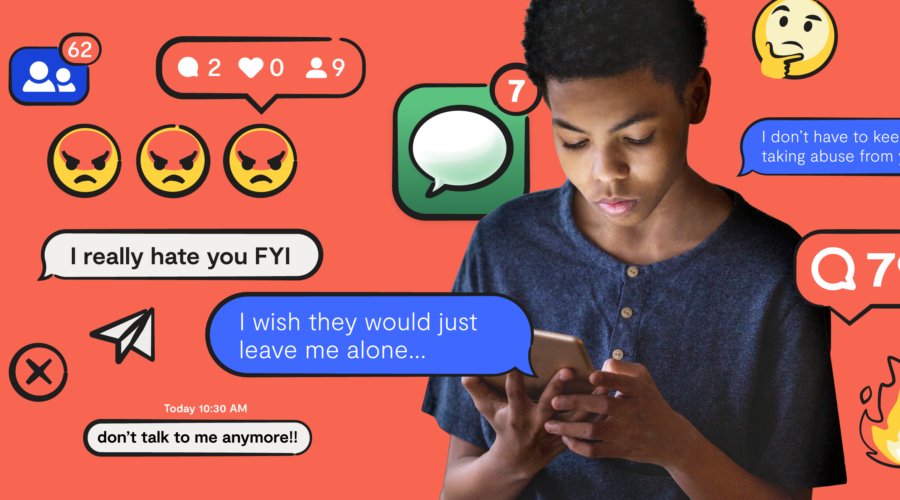-
February 17, 2023
-
February 17, 2023
-
February 15, 2023
-
February 14, 2023
-
February 14, 2023
-
February 09, 2023
-
-
February 06, 2023
-
February 03, 2023
-
February 01, 2023
Bark helps families manage and protect their children’s digital lives.












